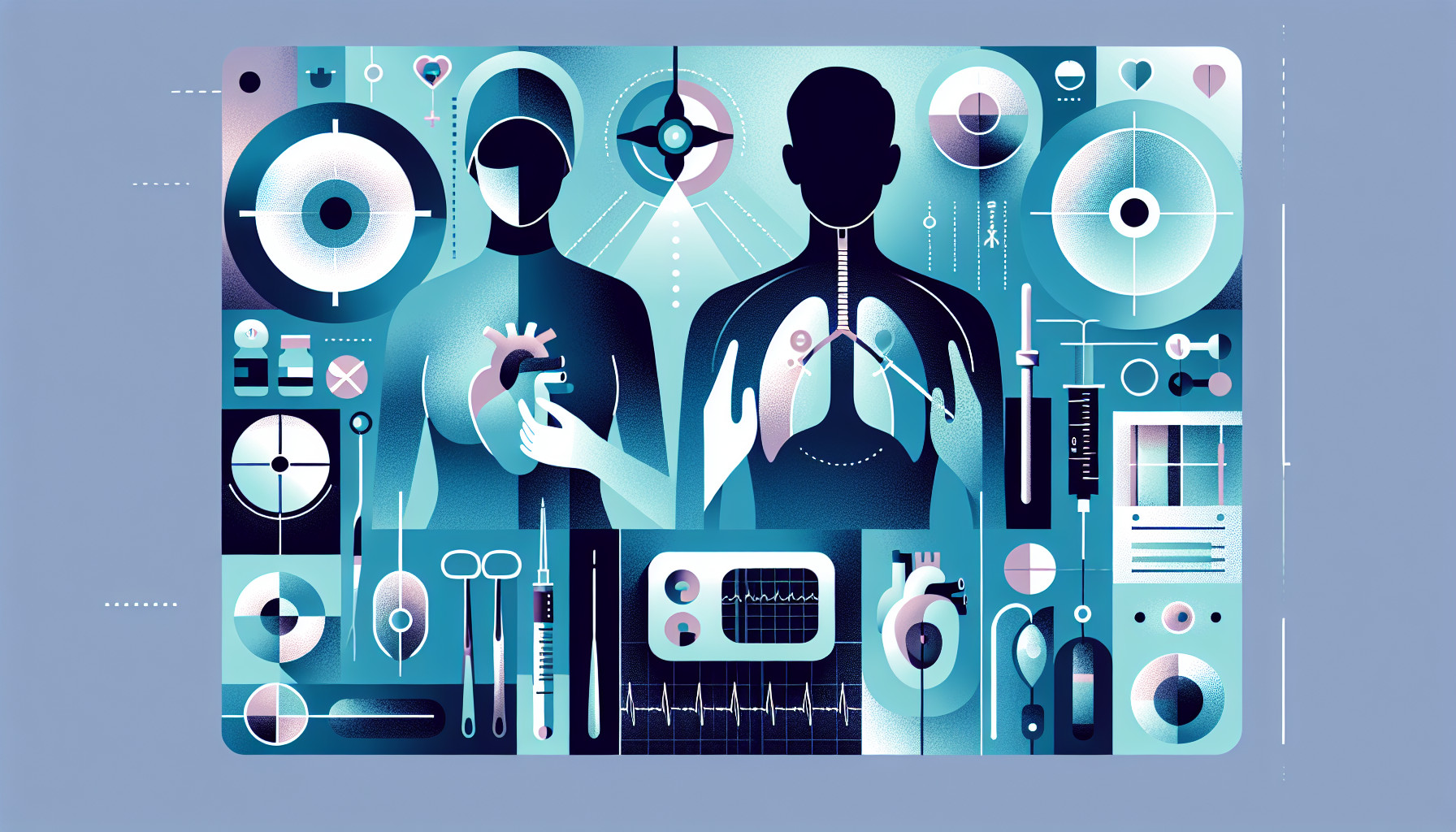Our Summary
This research paper is about a method of robotic surgery called U-RATS (uniportal robotic-assisted thoracic surgery) that is performed through a single incision between the ribs, without the need to spread the ribs. Compared to methods that use multiple incisions, U-RATS makes the control of possible bleeding during surgery easier, mainly because the robotic system can be quickly disconnected and because the surgeon needs experience with the single-incision technique. U-RATS can be used for surgical removal of lung sections, providing benefits for both surgeons and patients - it’s more comfortable for surgeons to perform and allows patients to recover more quickly and smoothly.
FAQs
- What is uniportal robotic-assisted thoracic surgery (U-RATS) and how is it performed?
- How does U-RATS compare to multiport thoracic surgery in terms of managing intraoperative bleeding?
- What are the potential benefits of U-RATS for surgeons and patients?
Doctor’s Tip
One helpful tip a doctor might tell a patient about thoracic surgery is to follow all post-operative care instructions carefully to ensure a smooth recovery. This may include taking prescribed medications, attending follow-up appointments, and avoiding strenuous activities until cleared by the surgeon. It is important to communicate any concerns or changes in symptoms to the medical team promptly. Additionally, maintaining a healthy lifestyle and following a proper diet can aid in the healing process.
Suitable For
Patients who may be recommended for thoracic surgery include those with lung cancer, esophageal cancer, benign lung tumors, infections in the chest cavity, pleural effusions, empyema, pneumothorax, chest wall deformities, and other thoracic conditions that require surgical intervention. Uniportal robotic-assisted thoracic surgery may be recommended for patients who are candidates for minimally invasive thoracic surgery and who would benefit from the advantages of a single-port approach, such as less postoperative pain, faster recovery, and improved cosmetic outcomes.
Timeline
Before thoracic surgery:
- Patient undergoes a thorough medical evaluation and diagnostic tests to determine the need for surgery.
- Patient discusses the procedure with their surgeon and anesthesia team and receives pre-operative instructions.
- Patient may need to stop taking certain medications or adjust their diet in preparation for surgery.
- On the day of surgery, patient is admitted to the hospital and prepared for the procedure.
After thoracic surgery:
- Patient is closely monitored in the recovery room for any complications or adverse reactions to anesthesia.
- Patient may experience pain and discomfort at the surgical site, which is managed with pain medication.
- Patient is encouraged to start moving and walking shortly after surgery to prevent complications such as blood clots.
- Patient will receive instructions on post-operative care, including wound care, medication management, and follow-up appointments.
- Patient will gradually resume normal activities and may undergo physical therapy to aid in recovery.
- Patient will have regular follow-up visits with their surgeon to monitor their progress and address any concerns.
What to Ask Your Doctor
What specific type of thoracic surgery are you recommending for me and why?
How experienced are you and your team in performing uniportal robotic-assisted thoracic surgery?
What are the potential risks and complications associated with this type of surgery?
How long is the recovery period expected to be after uniportal robotic-assisted thoracic surgery?
What are the expected outcomes and success rates for patients undergoing this type of surgery?
Are there any alternative treatment options available for my condition?
How will my pain be managed during and after the surgery?
What kind of follow-up care and monitoring will be necessary after the surgery?
Will I need any special accommodations or assistance at home during my recovery period?
Are there any lifestyle changes or restrictions I should be aware of post-surgery?
Reference
Authors: Gonzalez-Rivas D, Bosinceanu M, Motas N, Manolache V. Journal: Eur J Cardiothorac Surg. 2022 Aug 3;62(3):ezac410. doi: 10.1093/ejcts/ezac410. PMID: 35951763
